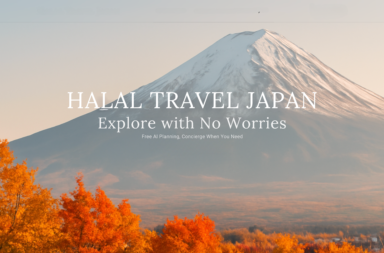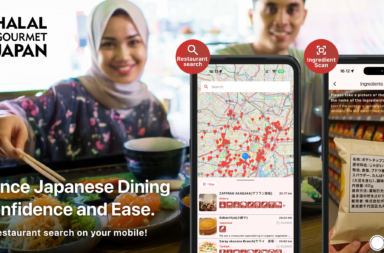Popular Travel Destination In The Edo Period
Tohoku area has been a popular travel destination even since the Edo period. However, with the limited facilities at that time, Tohoku was said as a faraway place and not many people were able to visit. This inspired Matsuo Basho, the greatest master of haiku in the Edo period to mention ‘the journey to the northern land is quite far. Maybe until the end of the world’ in one of his poems.
See also
Discover The Islamic and Hidden Japanese Culture In The Northern of Japan
Matsushima, One of Japan’s Three Most Scenic View
Matsushima is famous for its iconic coastal landscape with pines and temples, a bay surrounded by more than 250 small islands. The scenic view of Matsushima makes it became the first bay in Japan to join the ‘Most Beautiful Bay of the World’ club, received 3 stars in Michelin Guide, and has been recognized as the most scenic spot of Japan among the famous three. Even the famous Matsuo Basho lost words in describing its beauty,
*Japan’s three most scenic views: Matsushima, Miyajima, Amanohashidate.
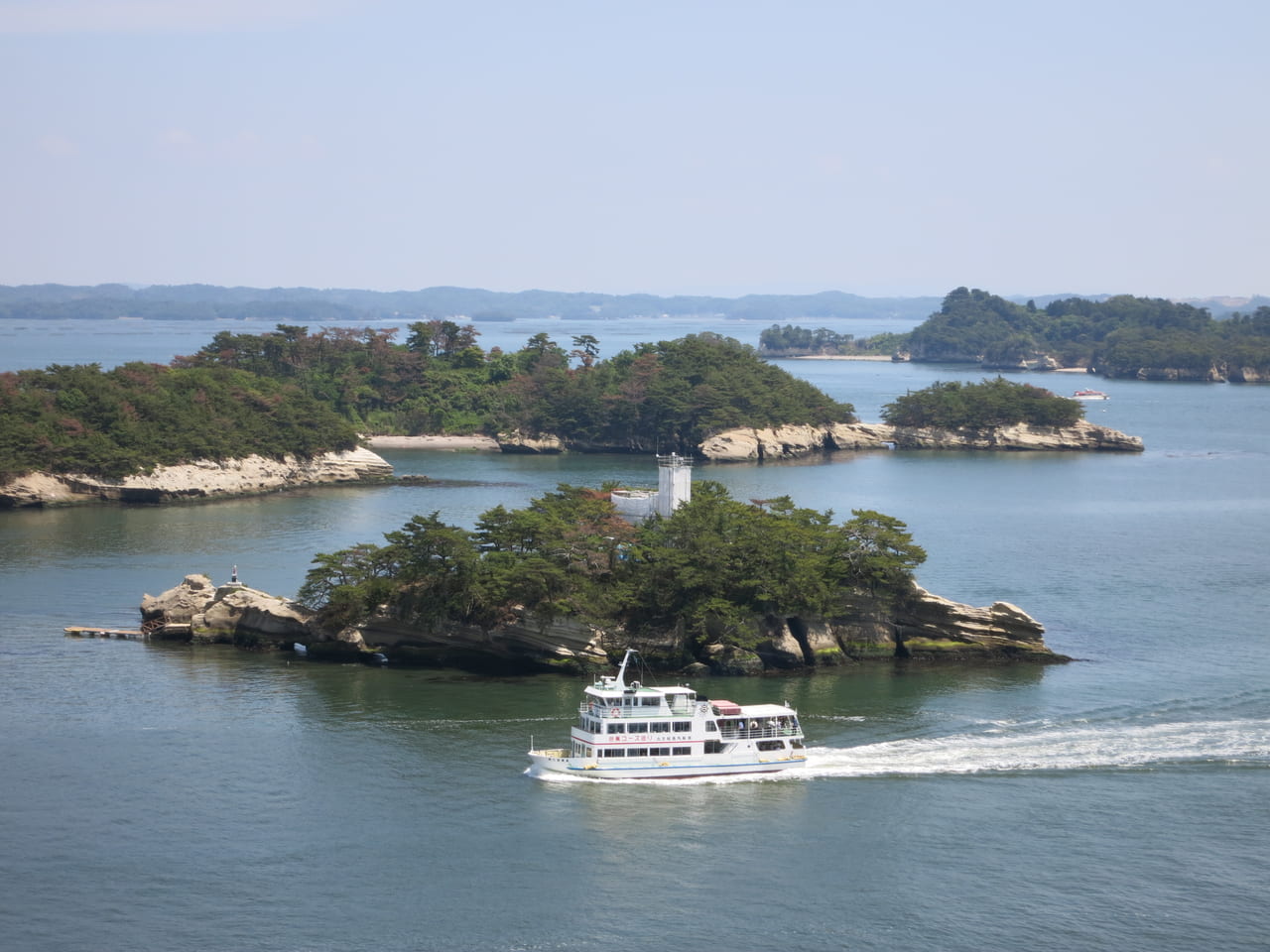
That’s why we couldn’t miss Matsushima bay from our to-go list in Tohoku. You can reach the bay for 40 mins ride by JR Senseki Line from Sendai station to Matsushima-kaigan station, but this time, we would like to enjoy the area to the fullest, so we head to the Marine Gate Shiogama in Shiogama-shi in the center of the prefecture, to completely feel the Matsushima bay by riding a boat!
Arriving at the Marine Gate Shiogama, we took the earliest boat at 9 am with route ‘Basho Course’ heading to Matsushima bay sightseeing boat port. The boat ride costs 1,500 yen for 50 mins right, brought us to enjoy the scenic view more. Same to the Matsuo Basho, we were speechless to see the magnificent beauty of Matsushima. We love to see how the sunlight exposes the island and makes a lovely shade above the bay with birds flying low above the water.


To ride the boat, we can both just walk-in and buy the ticket for the day, or do advance reservations to get a priority boarding, especially those who come in groups.
For contact and reservation
Zuiganji Temple; Japan’s National Treasure and Important Cultural Property
Find ourselves satisfied with the scenic beauty upon arrival at the Matsushima bay sightseeing boat port, then we took a short 3-min walk to one of the most famous Zen Buddhist temples in northern Japan called Zuiganji temple, well known for its beautifully gilded and painted sliding doors called fusuma. The temple was completed by the feudal lord at the time, Date Masamune, who renovated the design to the Momoyama-style architecture in 1609 with the concept of minimalistic and manifesting the detailed extravagant decoration.

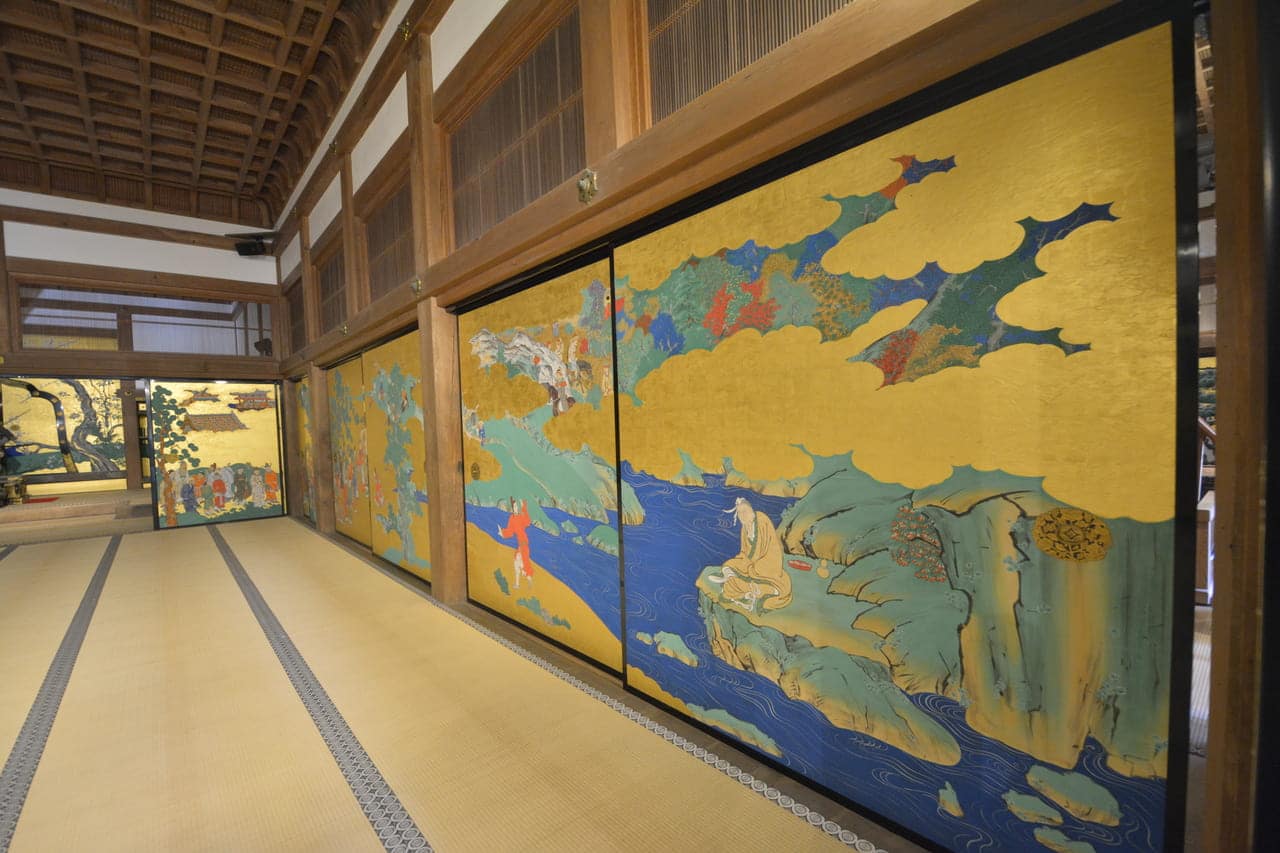
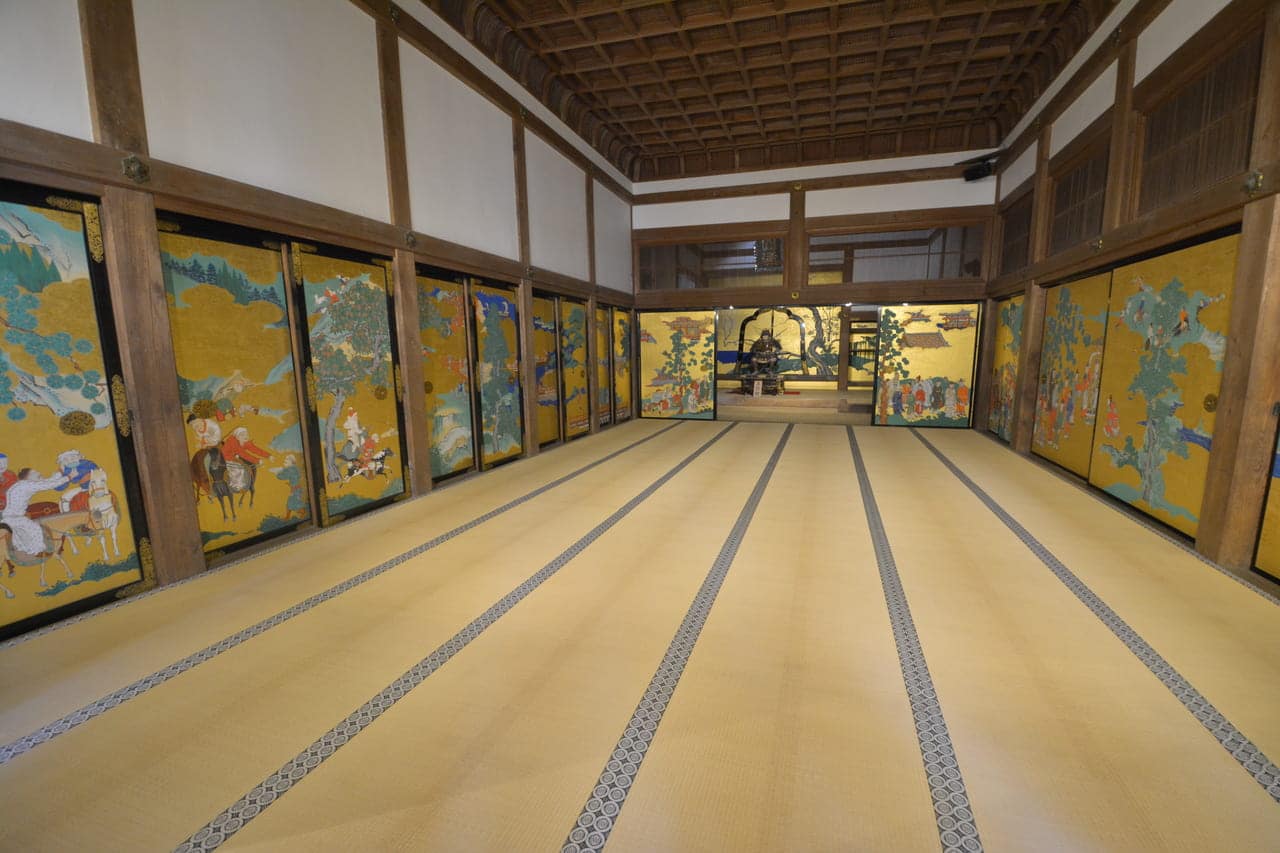
We got inside the temple and found an interesting thing! When walking in the hallway, the visitor can hear sounds comparable to an object being bent that was used as a sensor of a robber in the old-time.
Admission fee
Adult 700 yen, children 400 yen
*Opening hour vary according to season
Muslim Friendly Japanese Snacks
Located at 2 mins away from the main gate of Zuiganji temple, there is a Japanese snacks shop with an 80-year in business, selling kamaboko (Japanese fish cake) costs 250 yen per stick. The kamaboko is made of white fish, white egg, sugar, and fish sauce colored white and pink which is often used in soba or udon bowl. Moreover, we can grill it by ourselves until it gets dark brown. The kamaboko tastes sweet and no need to put anything onto it. Make sure to eat everything before going out of the shop to keep the cleanliness.

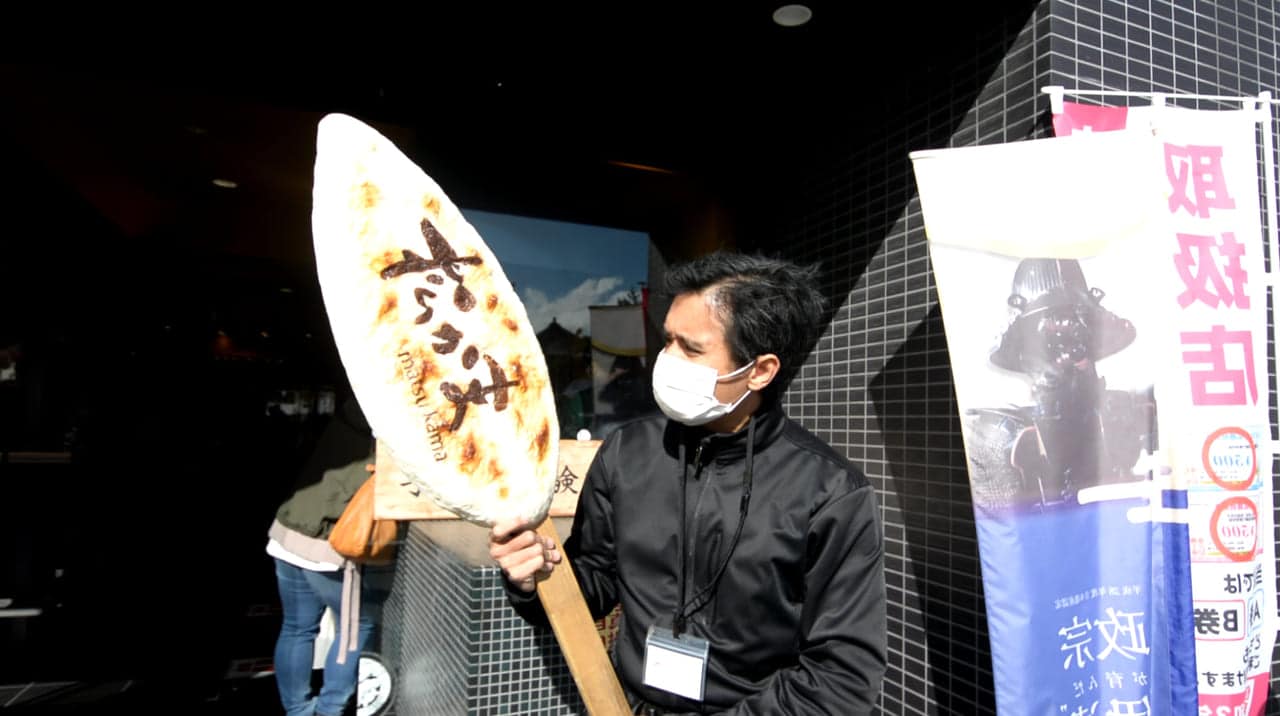
Shop information
Matsukama Matsushima Kamaboko Honpo (松かま松島蒲鉾本舗)
http://www.matsukama.jp/
Muslim Friendly Meals To Try in Matsushima
In Matsushima, we enjoy the all-you-can-eat fresh oyster! Since it sits at the side of Matsushima, you can enjoy the meals while having a sight of the scenery. When entering the restaurant, we were given a big plastic bag and were told by the staff to put our bag and jacket inside the plastic bag to prevent it from getting smelly.
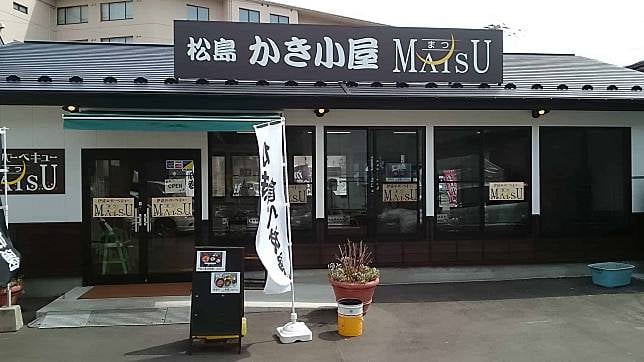

We covered our hands with gloves given, opened the oyster shell with a special screwdriver-like opener, then completely enjoyed the chewy oyster! One plate has about 5-6 oysters and you can ask for more from the staff nearby. We had 3 plates of it and were really full even we had it without rice. If you find oyster shells hard to be opened, then just call the staff and they will show you how to do the trick. The all-you-can-eat can cost 2,000 yen for 40 mins.
For those who want to have it with rice, you can choose the oyster dish set menu with the price of 1,500 yen. The menu comes with oyster soup, deep-fried oysters, and vegetables.
Restaurant information
Date-na BBQ Matsu
https://www.matsushima-matsu.com/
Experience Relaxation Like In The Old-Time
Would like to have a feeling of how people of ancient times relaxed?
We got an opportunity to visit Kanrantei (観瀾亭) which means “a place to view rippling waters”, which sits directly facing the bay. When setting foot in the place, it furnished with 21 panels of Japanese sliding door fusuma and was painted since the Edo era. The painting is designated as Important Cultural Property and has the same design as the Zuiganji temple. In the Edo era, the Kanrantei was called “a moon watching palace” with its great location to watch the full moon and was known as the facility used by the Lord during the holiday.
Throwing oneself inside the Kanrantei indoor yard, we felt at home and our eyes can catch sight of Matsushima. We were having a cup of tea while enjoying the breeze and the view. This meets one of the concepts of beauty in Japan, “to feel deep and rich things in a quiet environment”.
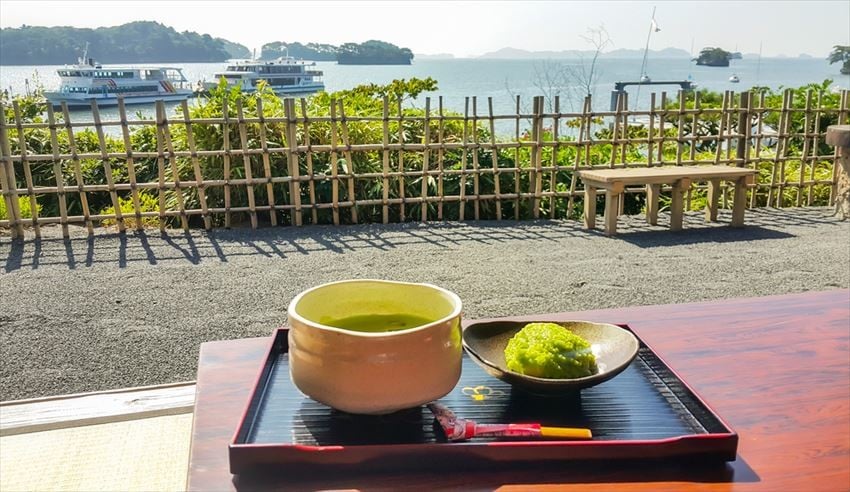
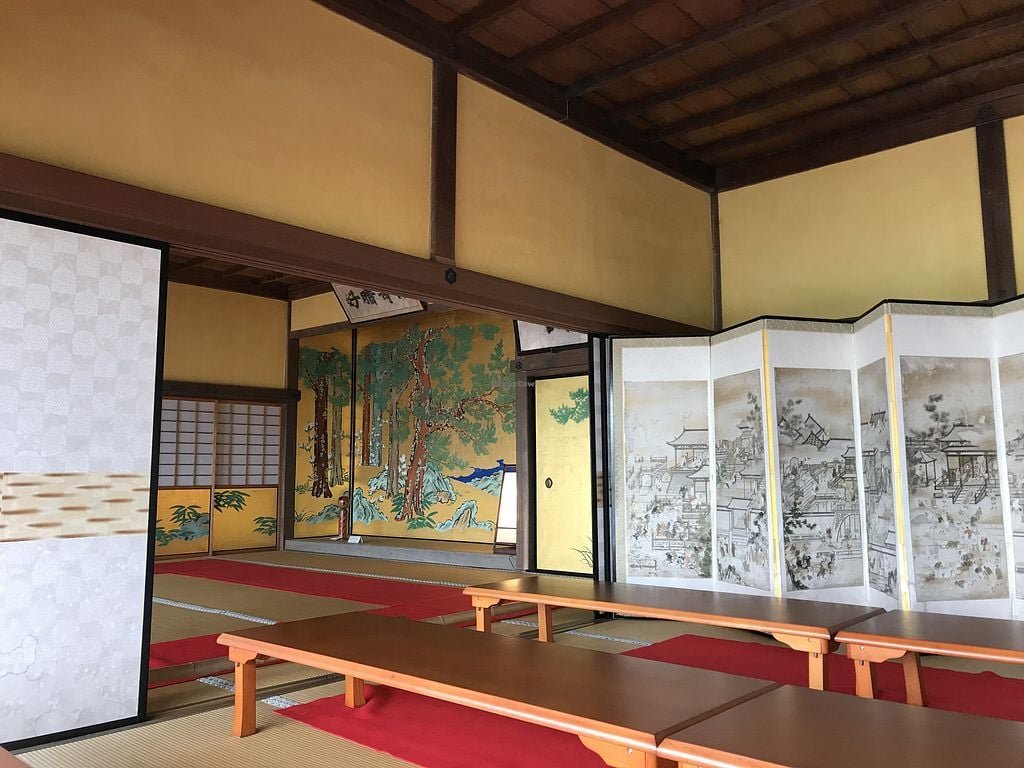
Shop information
Kanrantei tea house
https://www.matsushima-kanko.com/miru/detail.php?id=144
Go Shopping at The Matsushima Rikyu
The trip will not complete without doing shopping! Just 2-mins away from the Kanrantei, there is a shopping place called Matsushima Rikyu filled with local souvenirs and craft shops, museums, restaurants, until Japanese garden and roof garden known as “picnic in the sky”.
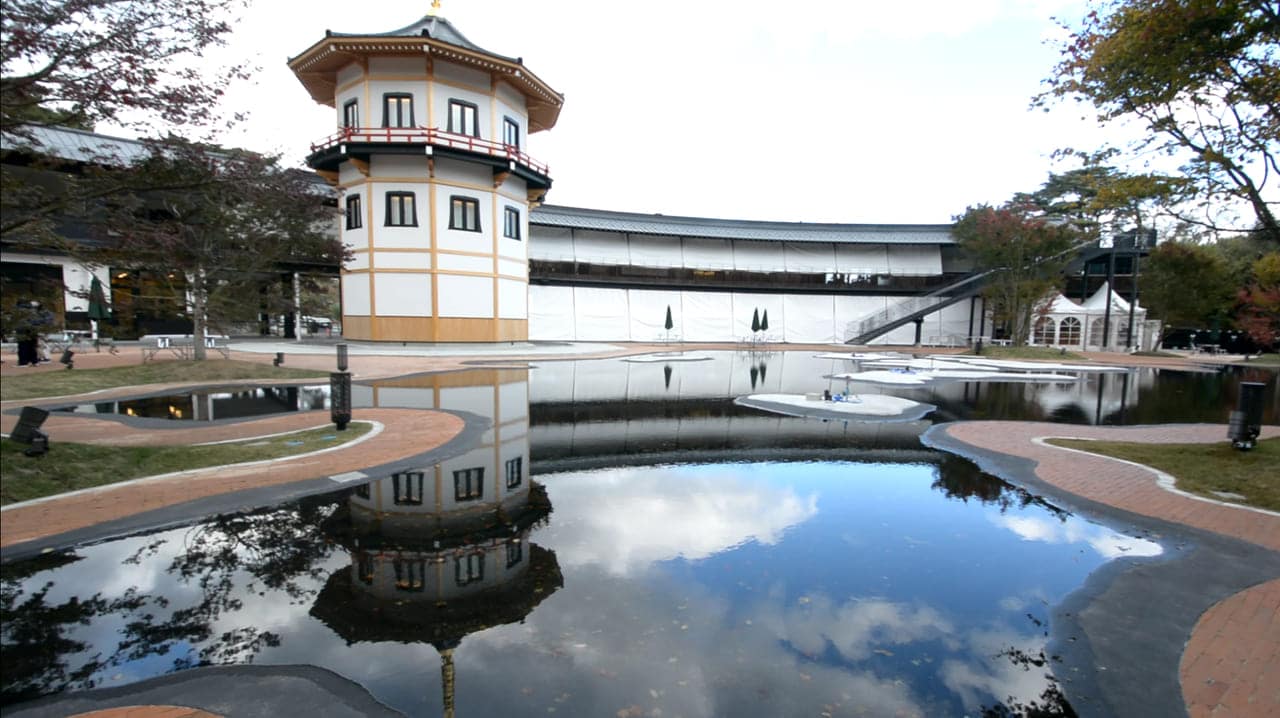
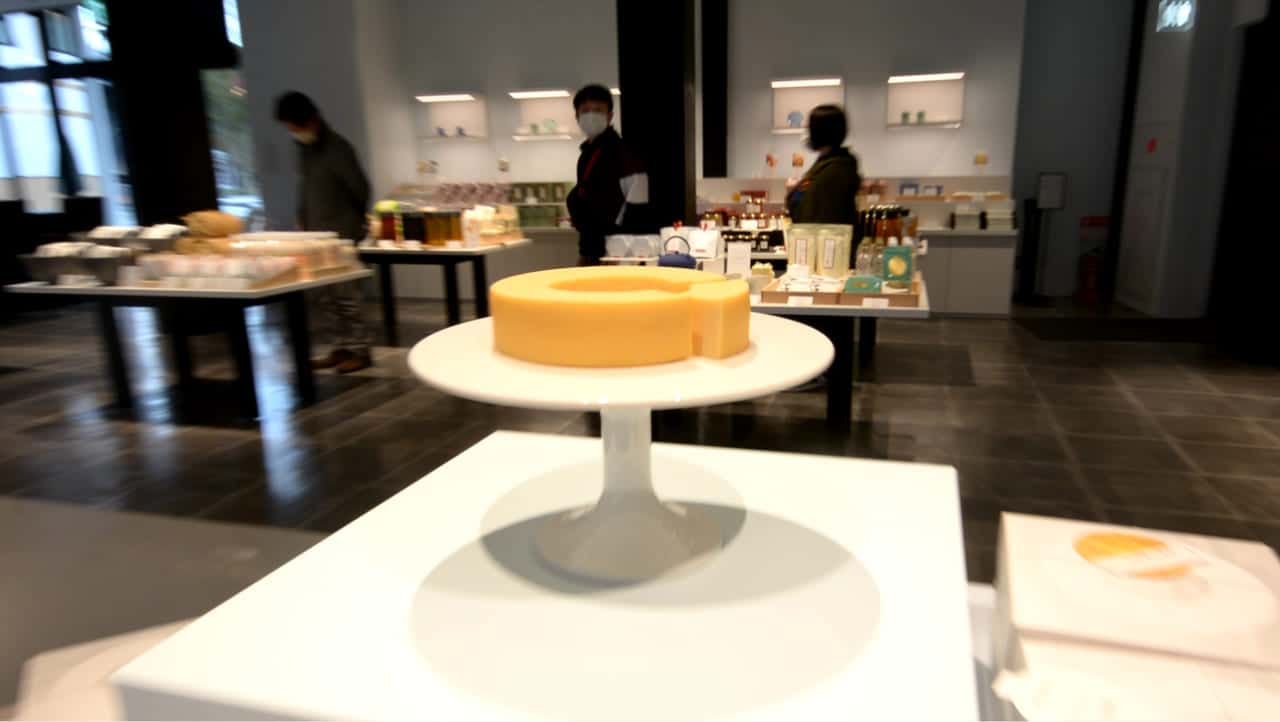
While visiting the Matsushima Rikyu, we managed to get special permission to pray in a room. If you happen to visit the place at pray time, we suggest consulting the staff.
Hiraizumi, A Town With Cultural Sophistication In Iwate Prefecture
After enjoying the Matsushima Rikyu, we moved north to the Hiraizumi city in Iwate Prefecture. It took us 1 hour 40 mins ride by car from Matsushima Rikyu or 1 hour and 15 mins by shinkansen from Sendai station. In Hiraizumi, we visited Hiraizumi Rest House which is located at the entrance of one of the world heritage sites, the Chusonji Temple.
The Rest House has a special prayer room with tatami, facilitated with a sink to perform wudu’ and a praying mat. Besides, there is a souvenir shop selling local products and specialties of Tohoku.

Shop information
Hiraizumi Rest House
https://g.page/hiraizumiresthouse?share
Comfort Rest in A Stylish Japanese-Style Room
After having a nice yet exciting day, we were having rest at the Musashibo Hotel, a Japanese-style inn (ryokan) with a private bathroom. Most of the Japanese ryokan don’t have one in each room except the public bathroom. That’s why the availability of a private bathroom is highly preferable for Muslim travelers.

In the hotel, we were enjoying sleeping on the tatami as the Japanese used to and wearing yukata as the room wear, as well as enjoying the Muslim friendly meals provided by the hotel.

Hotel information
Hiraizumi Hotel Musashibo
http://www.musasibou.co.jp/en/index.html
We will share more about our super fun journey at Hiraizumi in the next article!

